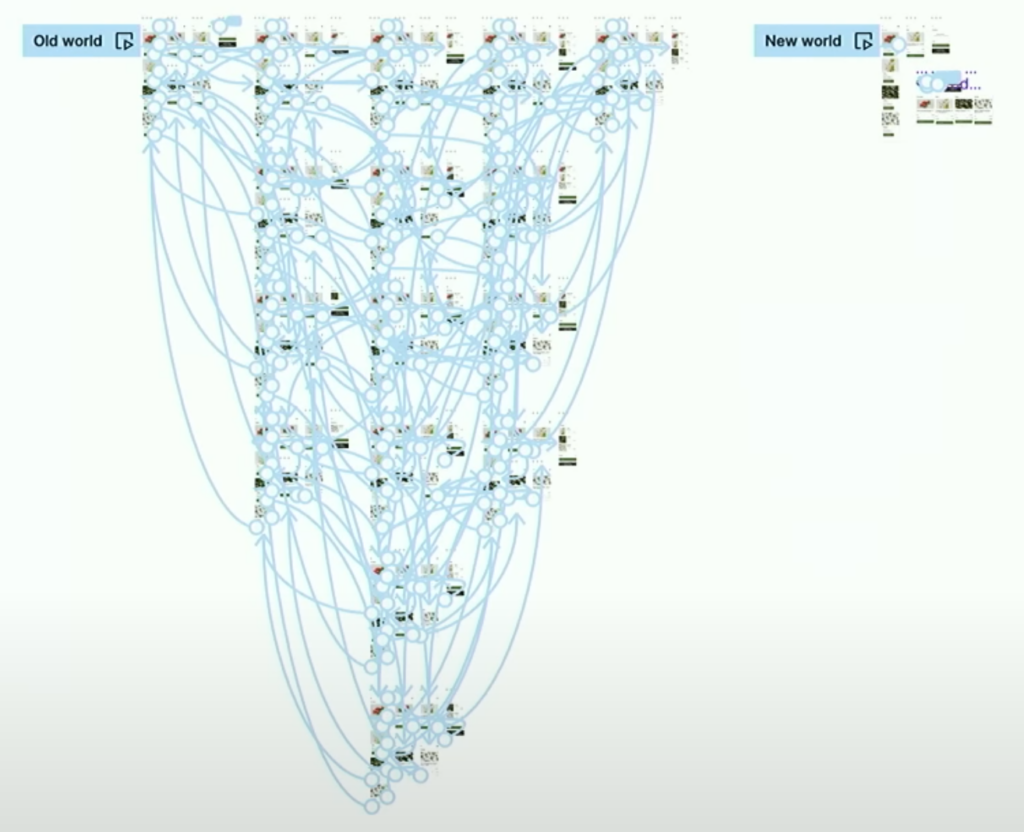This talk caught my interest because, on one side, I’m trying to get better at using Figma, and the talk showed off some neat new features. On the other side, it gave a good overview of what’s important when you’re working on prototypes.
They talked about the challenges of prototyping really complex projects in Figma, like having too many frames. More frames make it tough to extend, understand, create, and share your work. They also emphasized the need for advanced prototyping techniques.
new features in Figma
They introduced some new features in Figma that got me excited. The most important changes are:
- Variables,
- Expressions (which let you change those variables),
- and the ability to use multiple actions and conditions.
These new tools make it easier to create complex behaviors and logic in your prototypes. Plus, they make it simpler to make changes to your project after you’ve built the prototype. The projects also end up looking way more organized than before, which is great when other people need to jump in and work on it. As an example, they showed one and the same project which was done in two ways: on the one hand with the old features and on the other hand with the new features, the difference impressed me a lot:

useful information for my master’s thesis
As I’m planning to prototype two apps for my master’s thesis using Figma, this talk was super helpful. Knowing about these tools and understanding the common problems with prototyping can save a ton of time and frustration while I’m working on my thesis. It’s reassuring to have a better grasp of Figma’s capabilities and feel more confident tackling the challenges of prototyping for my ambitious projects.